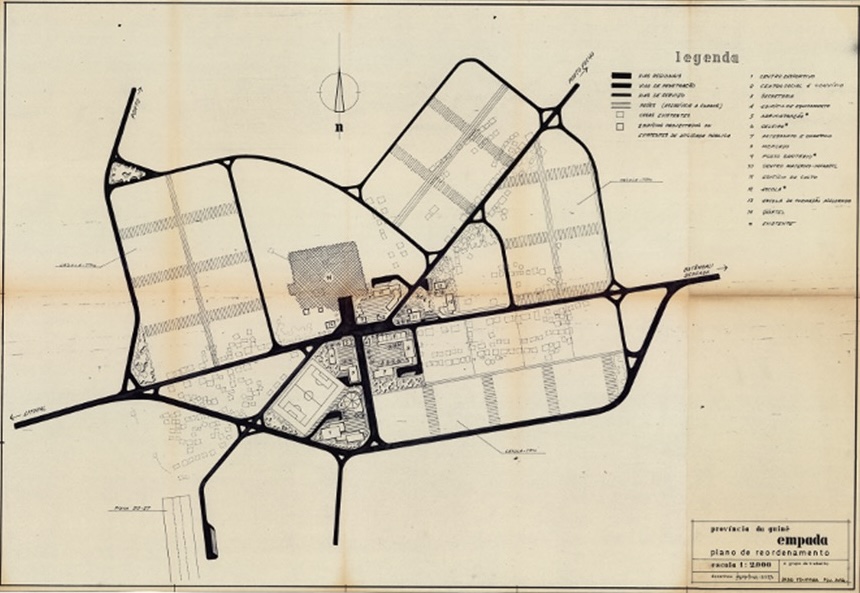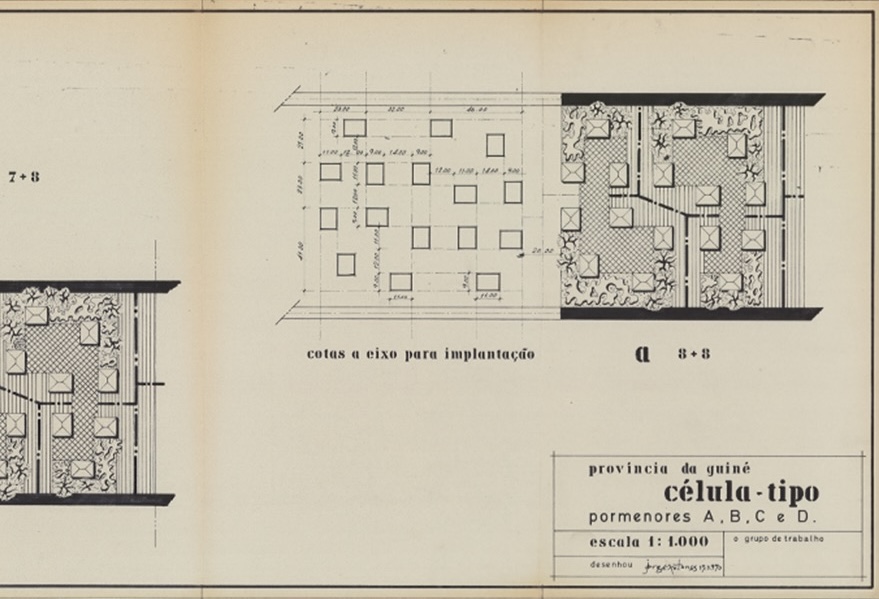Journal Article
Wartime residential rural landscapes the Guinea-Bissau case during the colonial/liberation war with the Portuguese (1963–1974)
Journal: Cogent Arts & Humanities, Vol. 11, No. 1, 2303184
Author: Ana Vaz Milheiro
Date: 2024


Summary
This paper aims to study the military housing campaigns carried out in the last 14 years of Portuguese colonialism (1961–1975), through archival and documentary treatment, cartography, historical and architectural description. Critical assessment and architectural analysis of the settlements and villages promoted in a warfare context allows an assessment of how large-scale housing programs are still present in the built and social landscapes of formerly colonized countries. Some of the data recollected suggests that, in Guinea, about 100 military resettlements were built; in Angola, only in the Lunda region, 730 villages were intervened; and in Mozambique the new settlements caused the displacement of one million peasants. The article will focus on the Guinea case by introducing what is described here as ‘the architects’ feebleness’, debating the pragmatism of the military in opposition to the idealism of the architects.
Click here for the original publication.
Related Case Studies

